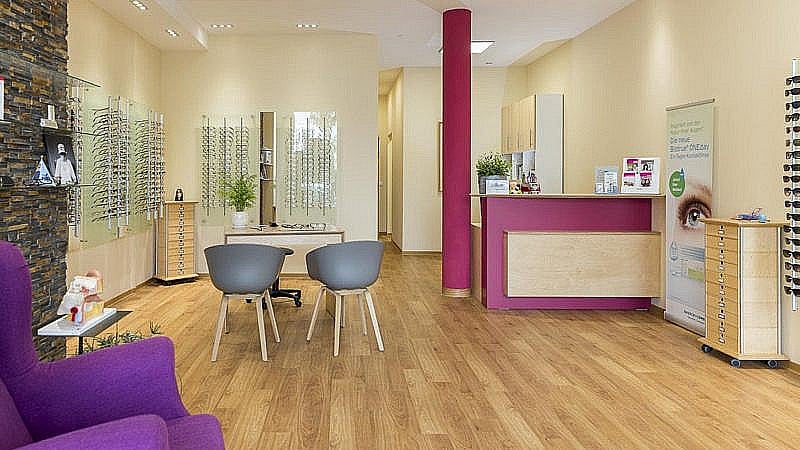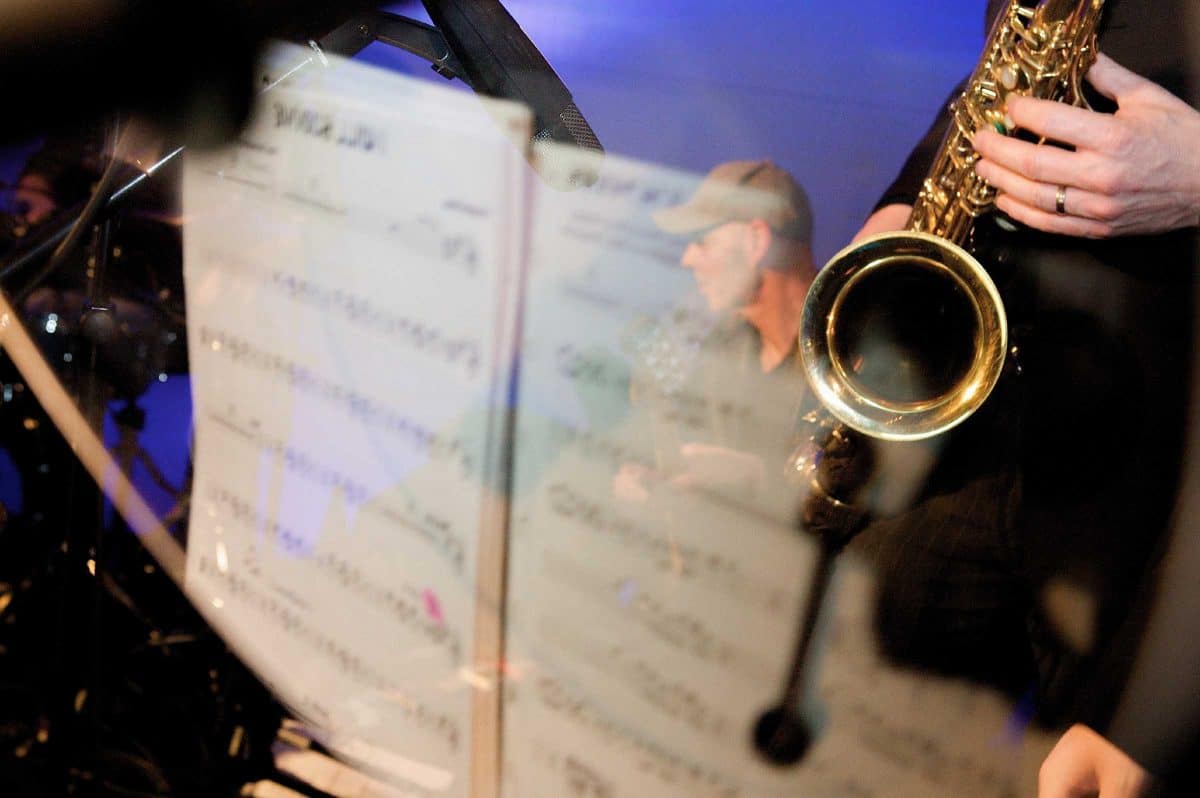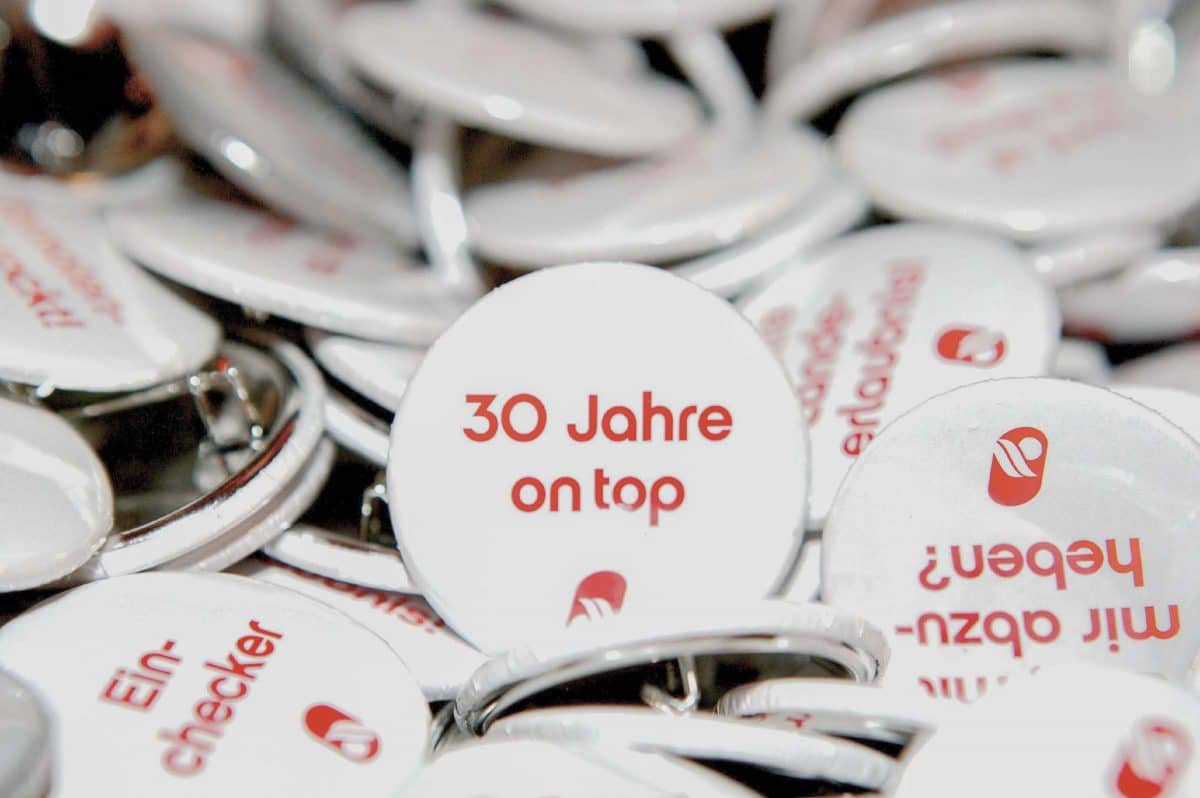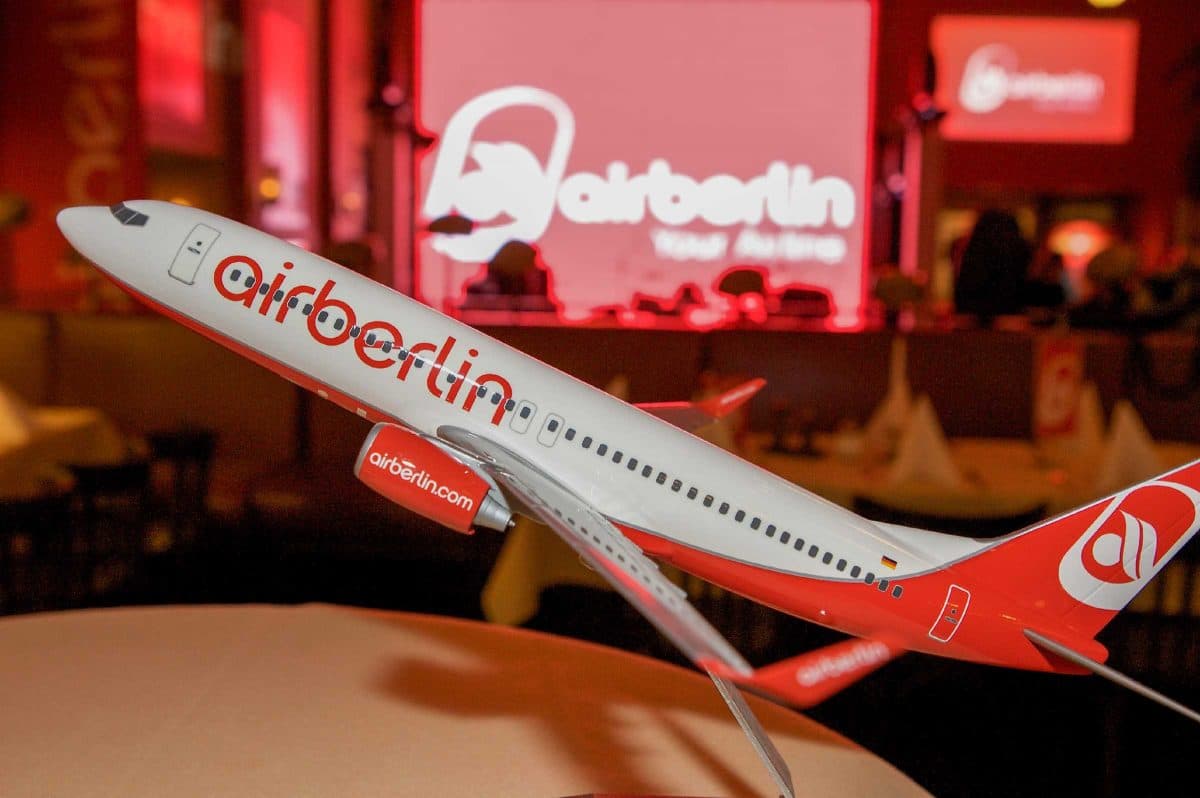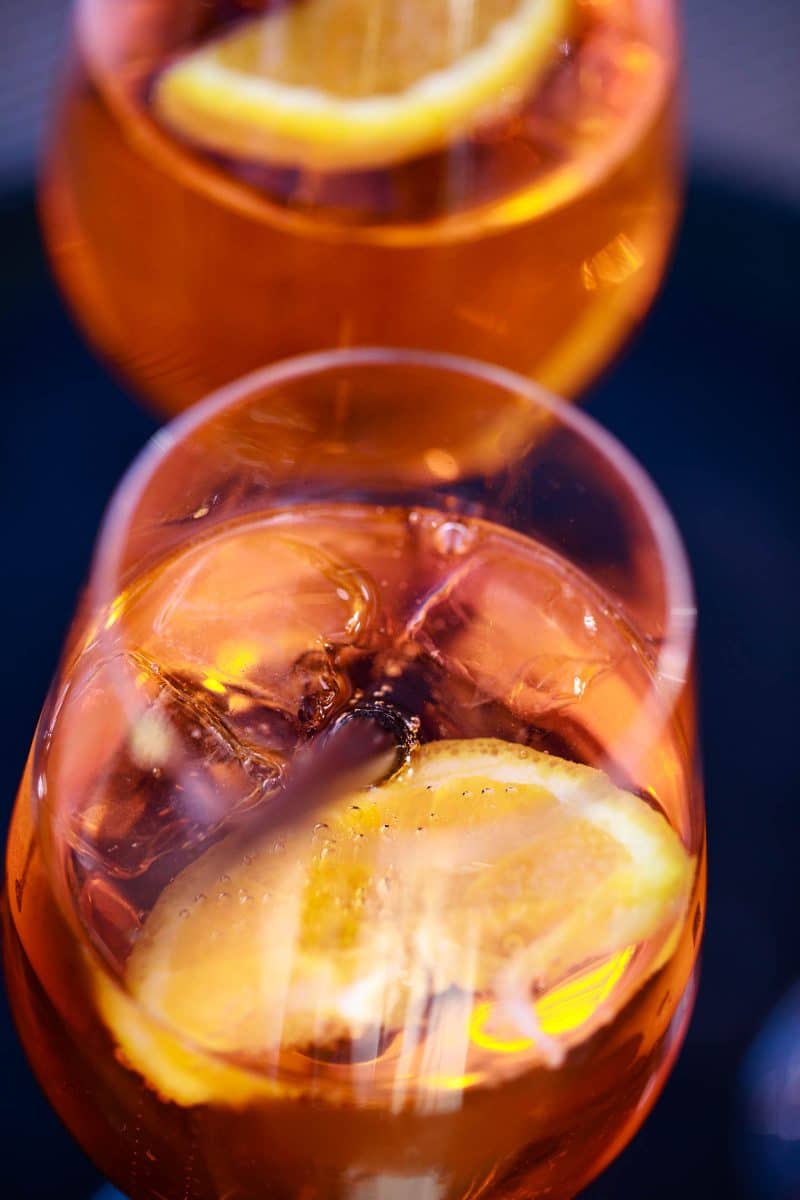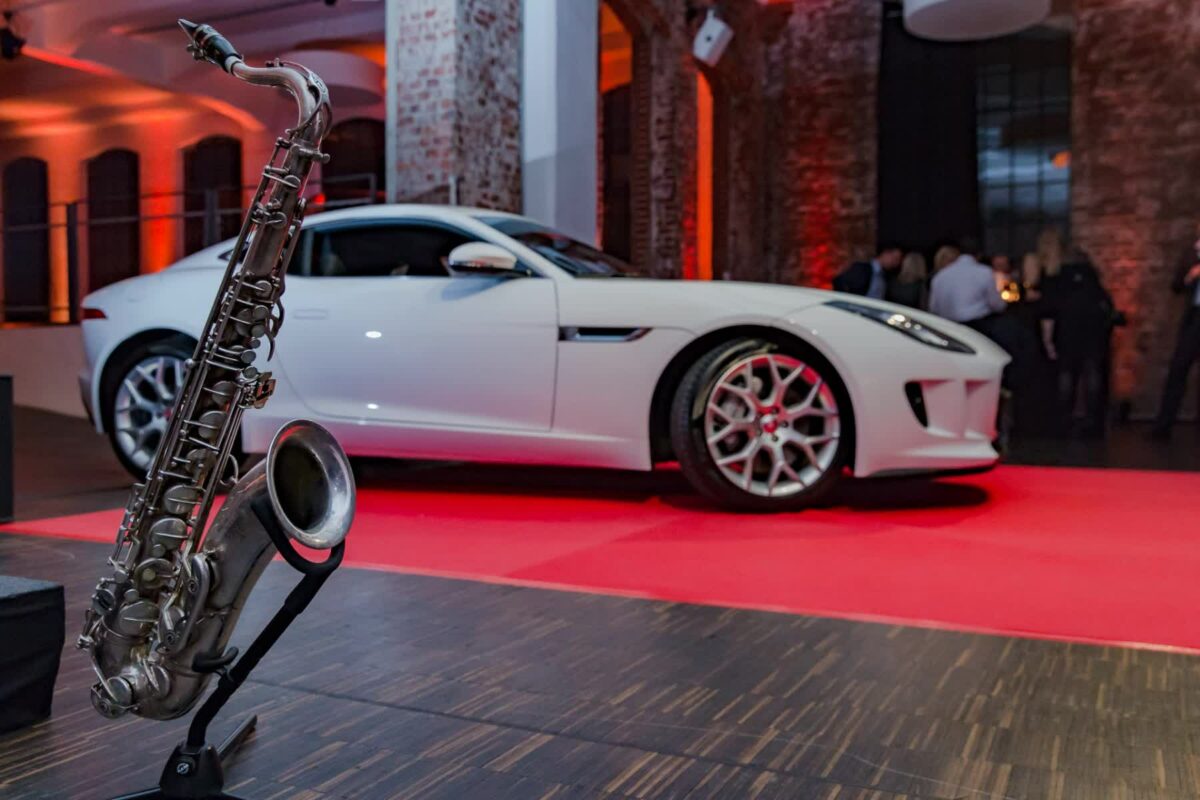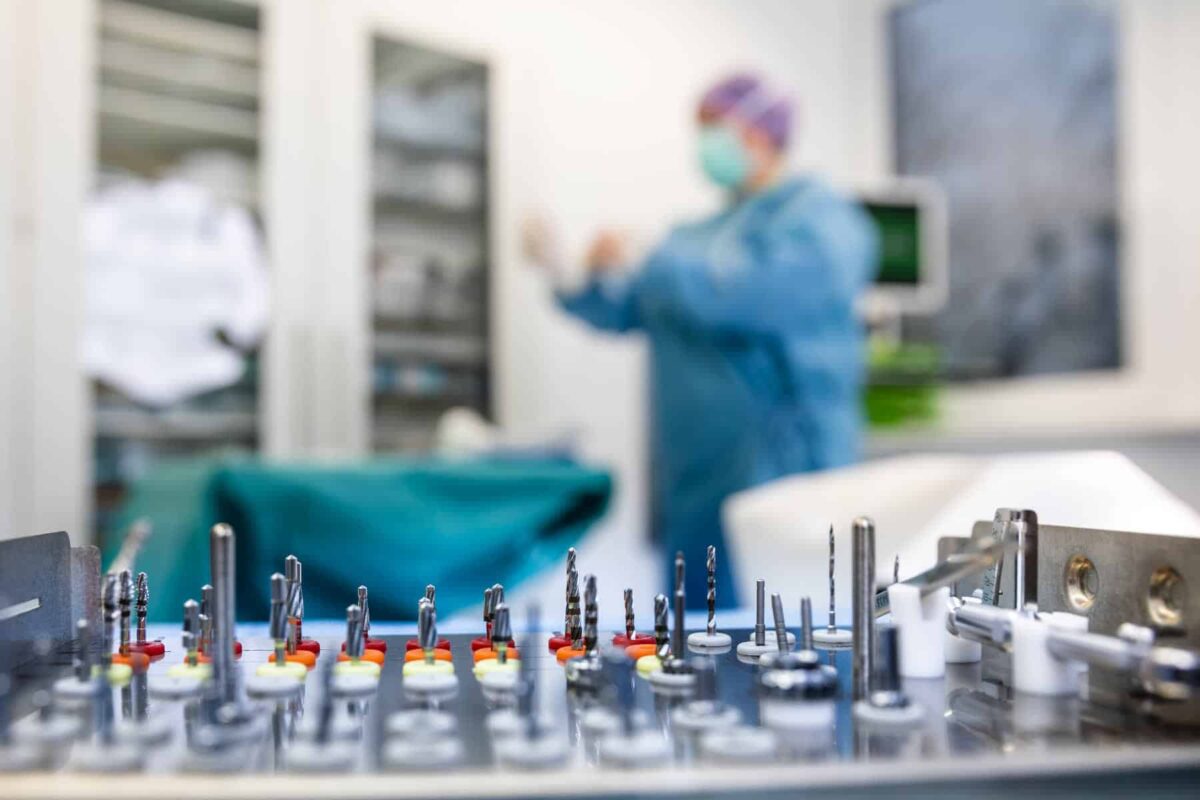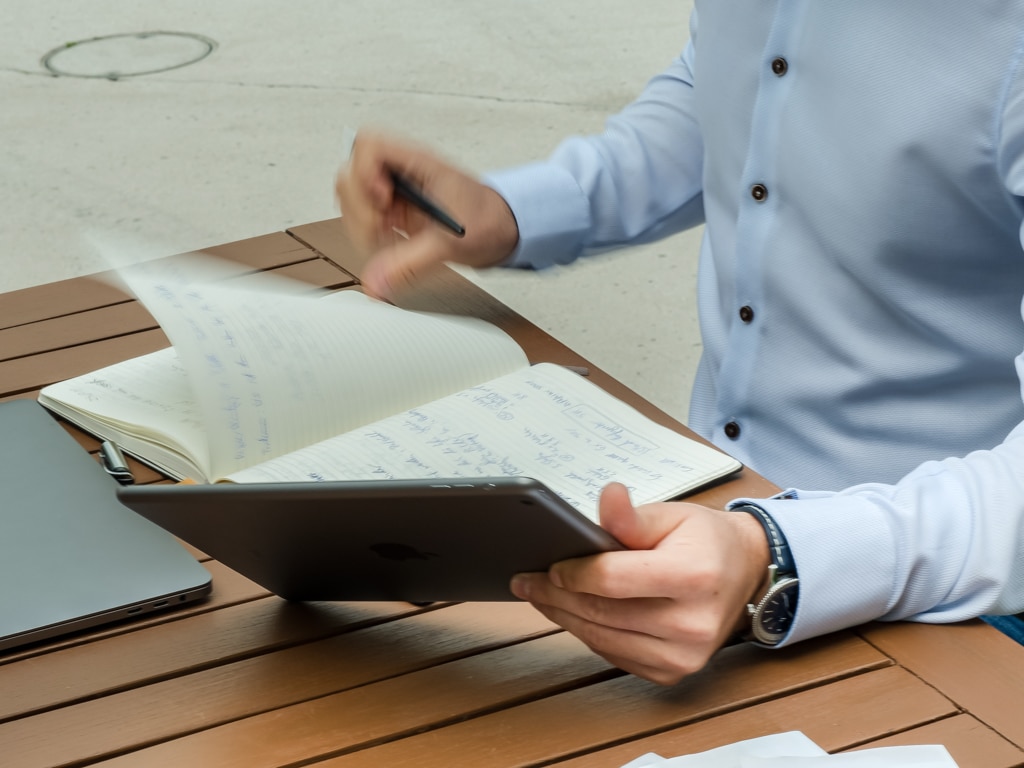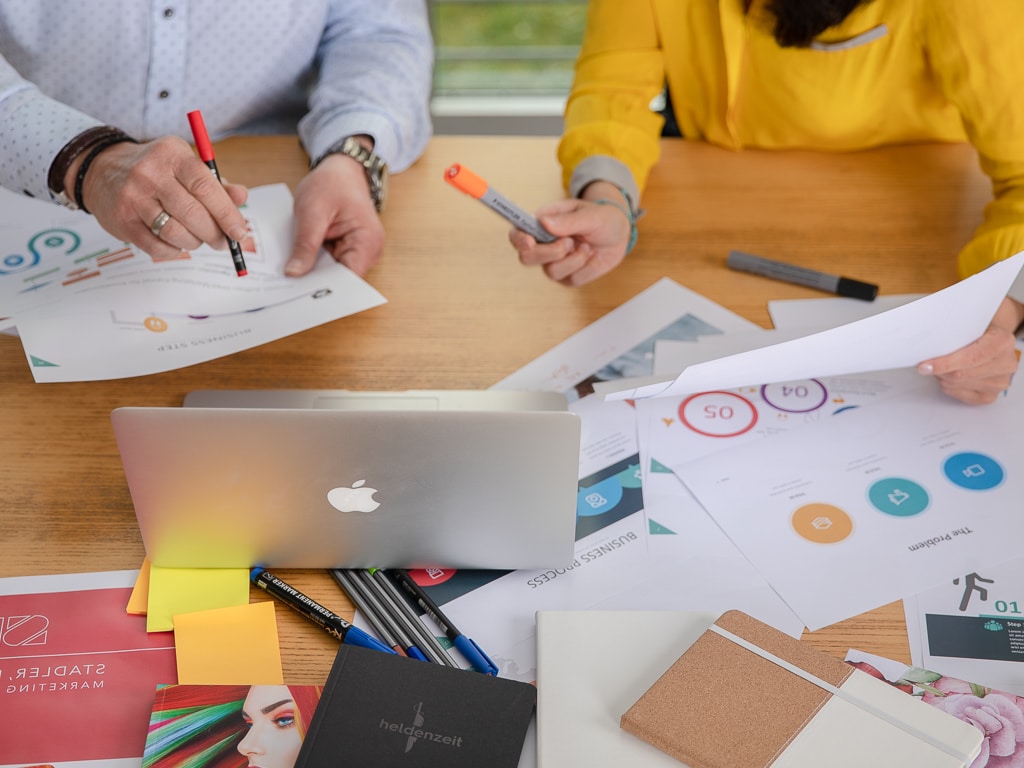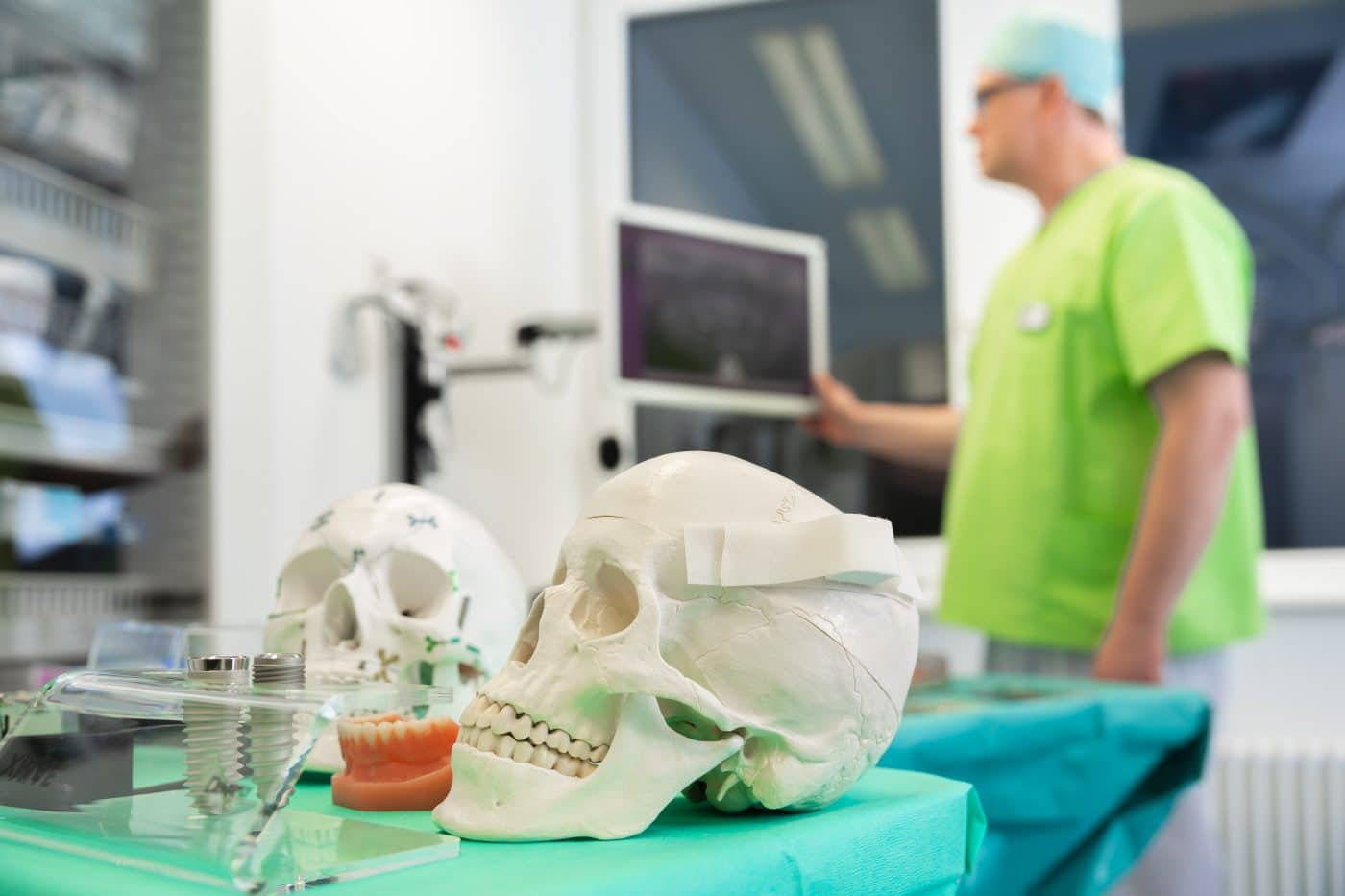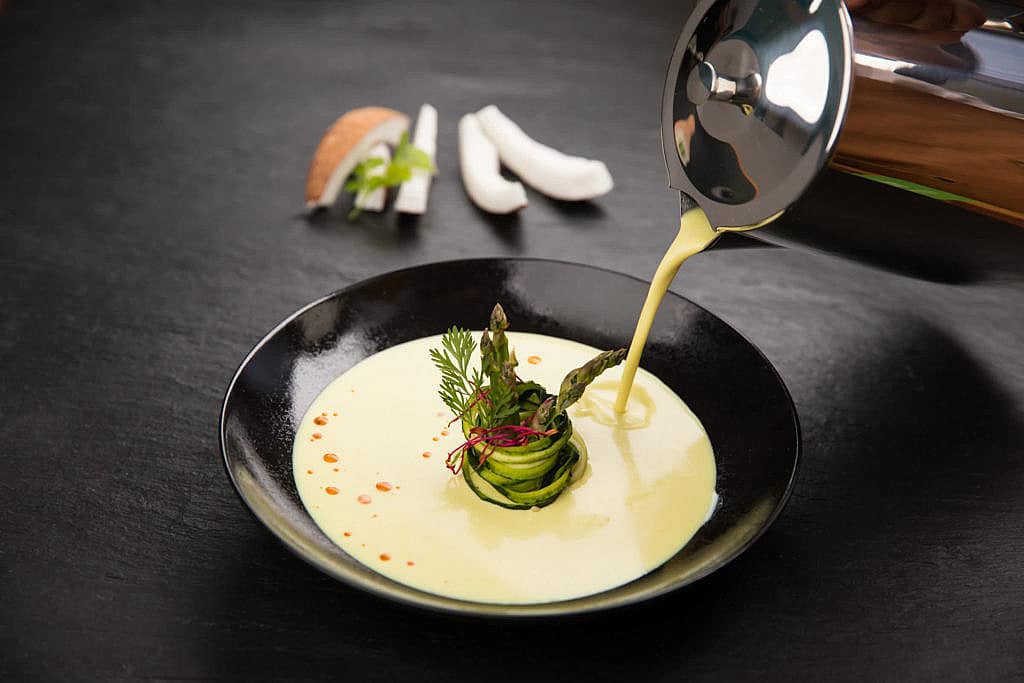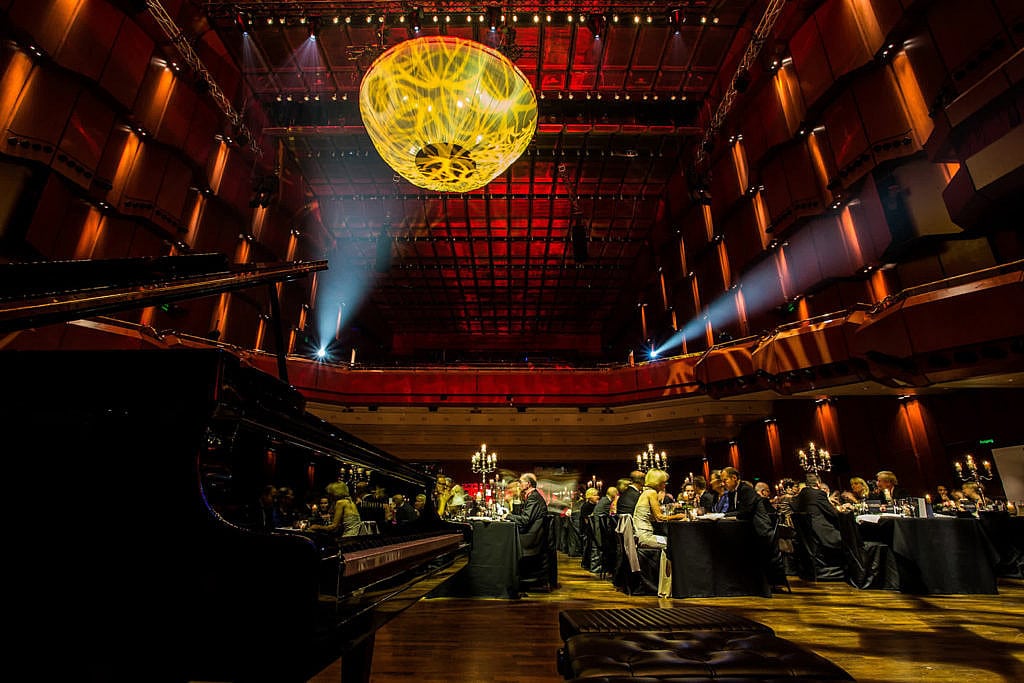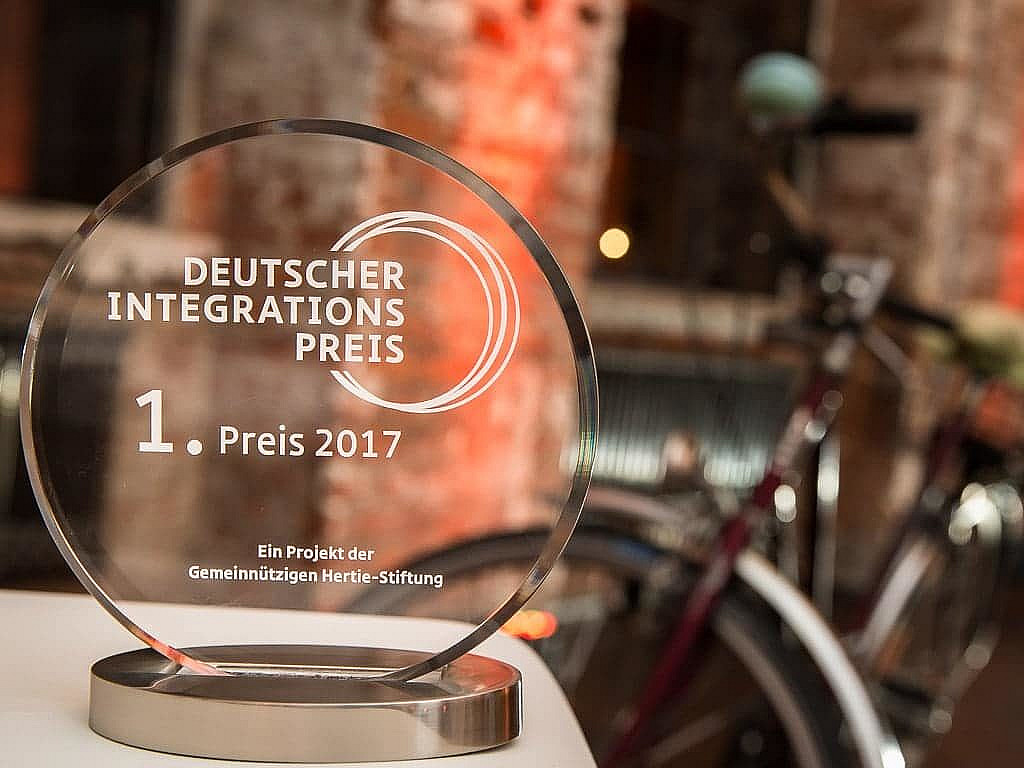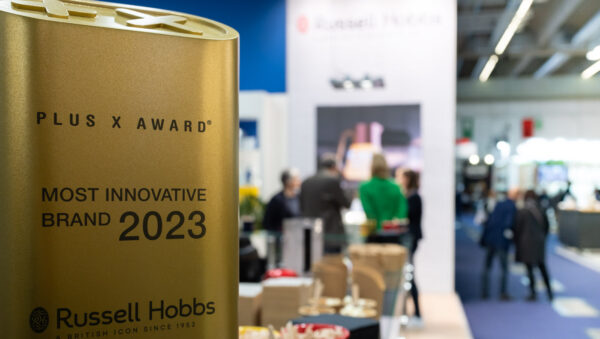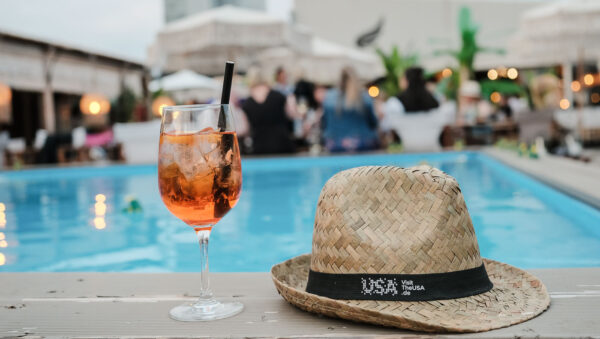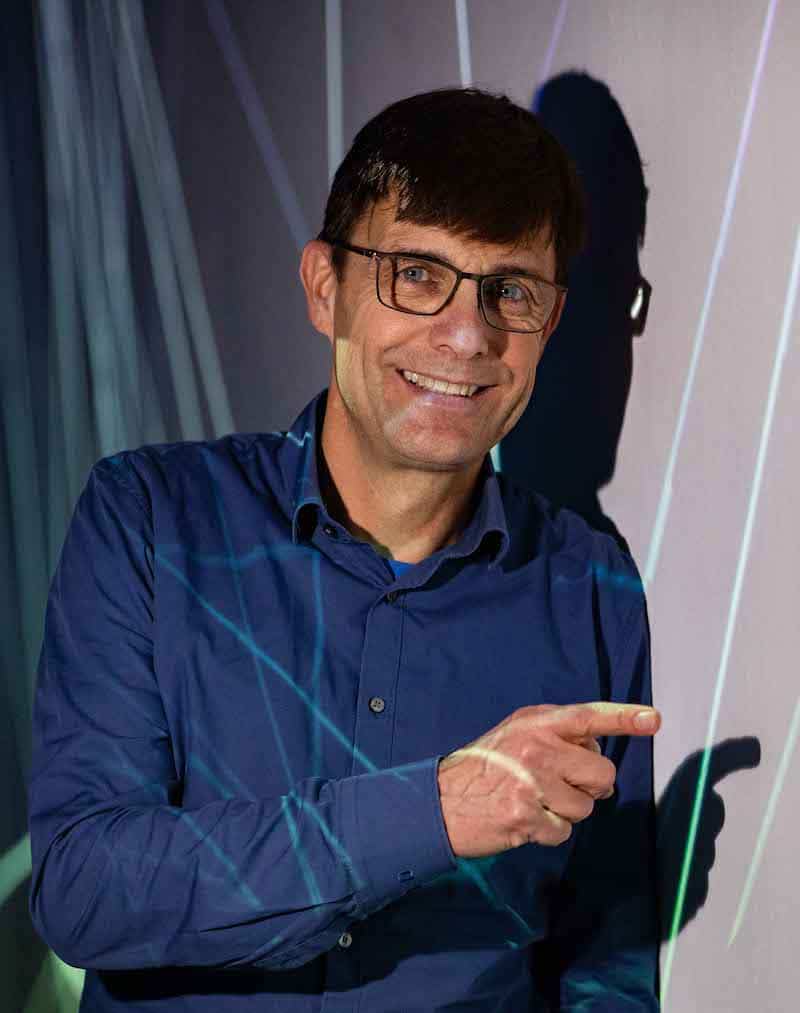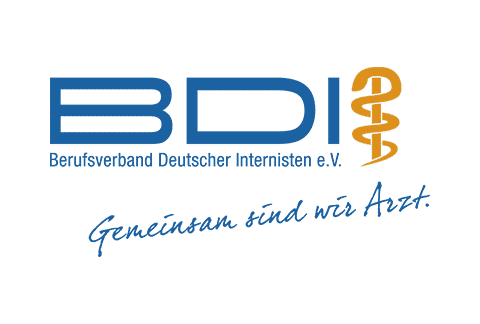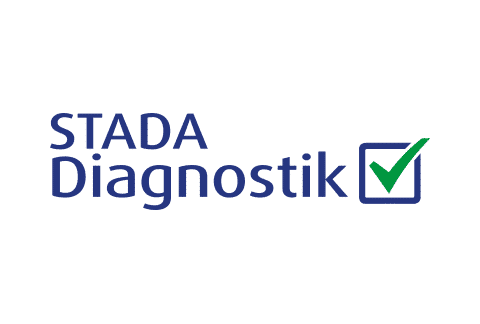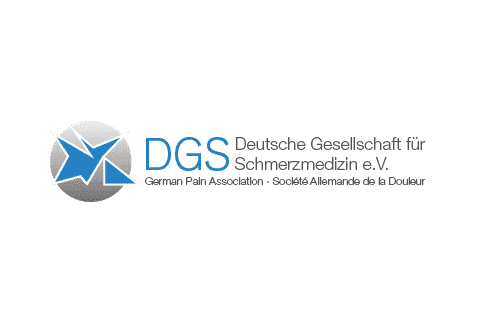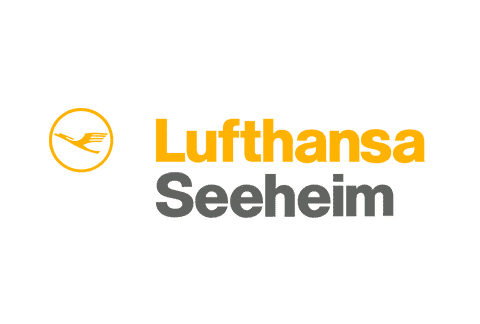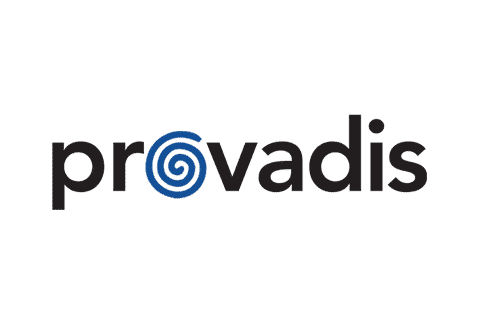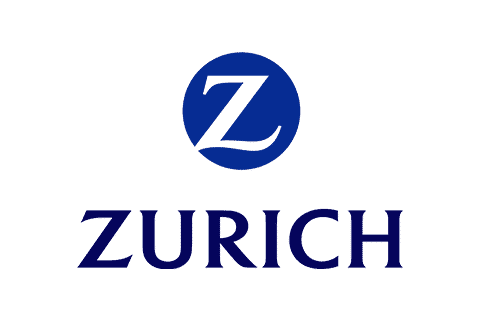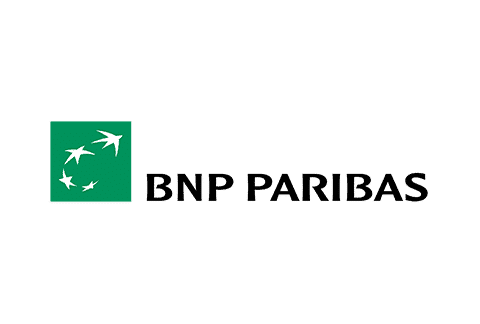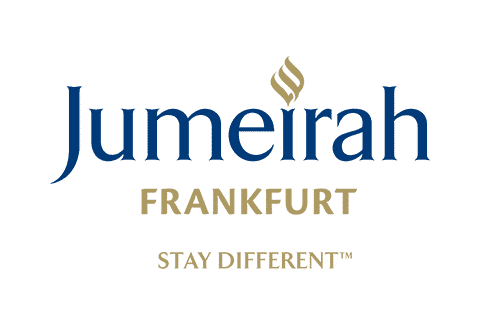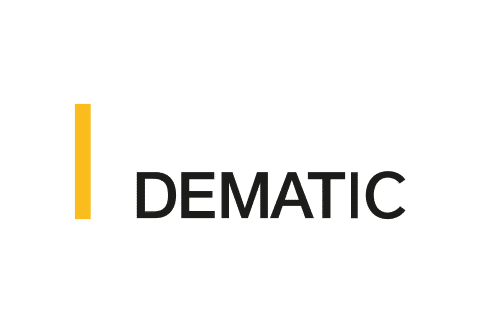Image rights and consent for image publications in event photography are components of this article.
In the commissioned work in the field of event photography, there is always the issue of image rights and whether people taken at an event may also be published with the photo on the Internet. When I noticed during one of my commissions that my images were also being published for advertising purposes in print without naming me as the author, I exchanged ideas with Christian Eggers, who specializes in consulting and training in the field of digital image rights management. I was able to convince Christian to write a technical article on these topics in my blog.
It is always very difficult even for us photographers in cooperation with the commissioned marketing department to obtain the basically required consents of photographed persons for publication. Christian`s article provides information about the possibility and limits of publishing portraits of people in the context of event photography.
Image rights – consent for photographs of persons
Without consent is almost impossible. Personal portraits require the consent of the persons depicted for publication. This principle is enshrined as a personal right “right to the image” in Section 22 sentence 1 of the German Art Copyright Act (KUG). If a press photographer still has the leeway of freedom of likeness regulated by § 23 KUG in the context of contemporary reporting on a meeting, the situation is usually different for an event photographer: The photo publications by the company serve predominantly promotional purposes. No person has to put up with being used for outside commercial interests with the use of his or her likeness without his or her consent.
Individual cases of freedom of likeness
Whether, in addition to the commercial interest, information interests are also served by the publication, which under special circumstances make consent unnecessary (freedom of likeness according to the exceptions of § 23 KUG), can only ever be decided on a case-by-case basis. Here it is then a question of the concrete context of the actual publication: With which statements and in which environment does the portrait of the person appear? In case of doubt, the assessment should be left to a legal expert.
How to consent
The form of consent depends on the functions of the persons present. Typically, there are three groups of people at an event: Guests of the event, people engaged by the company and employees of the company.
Requirement of consent of the guests
The consent required under Section 22 of the German Copyright Act (KUG) can generally be given without a specific form. The event photographer can therefore ask the persons concerned whether they agree to their photo being published. Verbal consent is then sufficient. But be careful:
Effective consent can only be given if the person concerned is also aware of where and for what the recording will be used. In the case of planned publications on the Internet, for example for social media contributions, consent should then also be obtained for precisely this purpose.
In practice, it is extremely difficult to establish legal certainty for those involved in the hustle and bustle of a large event. From a legal point of view, however, it is desirable, especially in the case of a comprehensive evaluation of the photos by the marketing department, to ask the person concerned for written consent for publication to the extent planned and for the various media.
If there is a guest list, consents should be obtained in advance of the event as a statement to be signed separately with the registration. A consent clause on the general terms and conditions of the organizer is not considered legally valid. Similarly, a device set up at the entrance
Reference to photographs and their publication.
Consent requirement of the contributors
Contributing persons are persons who are not employed by the company, but have only been engaged for the execution of the event. Examples include music groups and other artists. There is no written form requirement here, and consent can even be given by means of “consenting behavior” if it was previously clear to the participant from the circumstances of the event that personal portraits would be published. The Federal Court of Justice decided this in the so-called “hostess case”. To avoid legal disputes, however, it is advisable to also regulate the use of personal images of the persons engaged in writing when concluding the contract.
Consent of the employees
The Federal Labor Court has established a significant exception to the freedom of form for employees. The consent of employees to the publication of images by the company must be given voluntarily and in writing. Of course, this decision also has consequences for the employees of a company who participate in an event of their company on official business (for more information, see: http://nordbild.com/mitarbeiterfotos/). The only exception is if the creation and publication of the employee photo results from an obligation under the employment contract. For example, if the person is a spokesperson representing the company in public.
Photographic possibilities
What should be done if the necessary consents cannot be obtained? Only if the persons shown are also recognizable is it a portrait within the meaning of Section 22 KUG, for the publication of which the consent of the person concerned is required. If persons are depicted in such a way that they are not identifiable, consent is not required for publication either.
Recognizability and atmosphere
For a professional photographer, it is no problem to capture the atmosphere of an event with a few technical and creative tricks, without people being recognizable. For example, backlighting can be used for silhouettes or motion blur can be harnessed via long exposures. Playing with long focal lengths at open aperture also allows deliberate
To “blur” persons while keeping the focus on a person who has consented to the publication.
Symbol photos
Especially for “teasers” for internet publications on the company homepage and for social media work, photos are suitable that show what is happening in a more symbolic than documentary way. Thus, details can also very effectively give a picture of the event. An example of this would be a champagne glass in close-up, in which the busy room is reflected. There are no limits to the imagination.
Conclusion
Due to the promotional function of event photography, it is necessary to obtain the consent of the persons concerned for the publication of their likenesses. Whether freedom of likeness exists by way of exception pursuant to Section 23 KUG can only ever be concluded on a case-by-case basis from the circumstances of the event and the specific context of publication. The person giving consent must know to what extent and for which media he or she is releasing his or her likeness for publication. Consents cannot be obtained on the basis of GTCs. Employees must consent in writing. Photographic design can always be used to produce anonymized photos of people. Photographers and event organizers should clarify in advance who will obtain consents and to what extent they will be obtained.
Christian Eggers, Nordbild.com
The author specializes in training and consulting companies in digital image rights management and is a lecturer at various educational institutions.
You can also find more articles here on Christian Eggers’ blog: http://nordbild.com/blog/
Photographic possibilities to photograph your event, trade fair, congress or event with emotional photos are available here:
